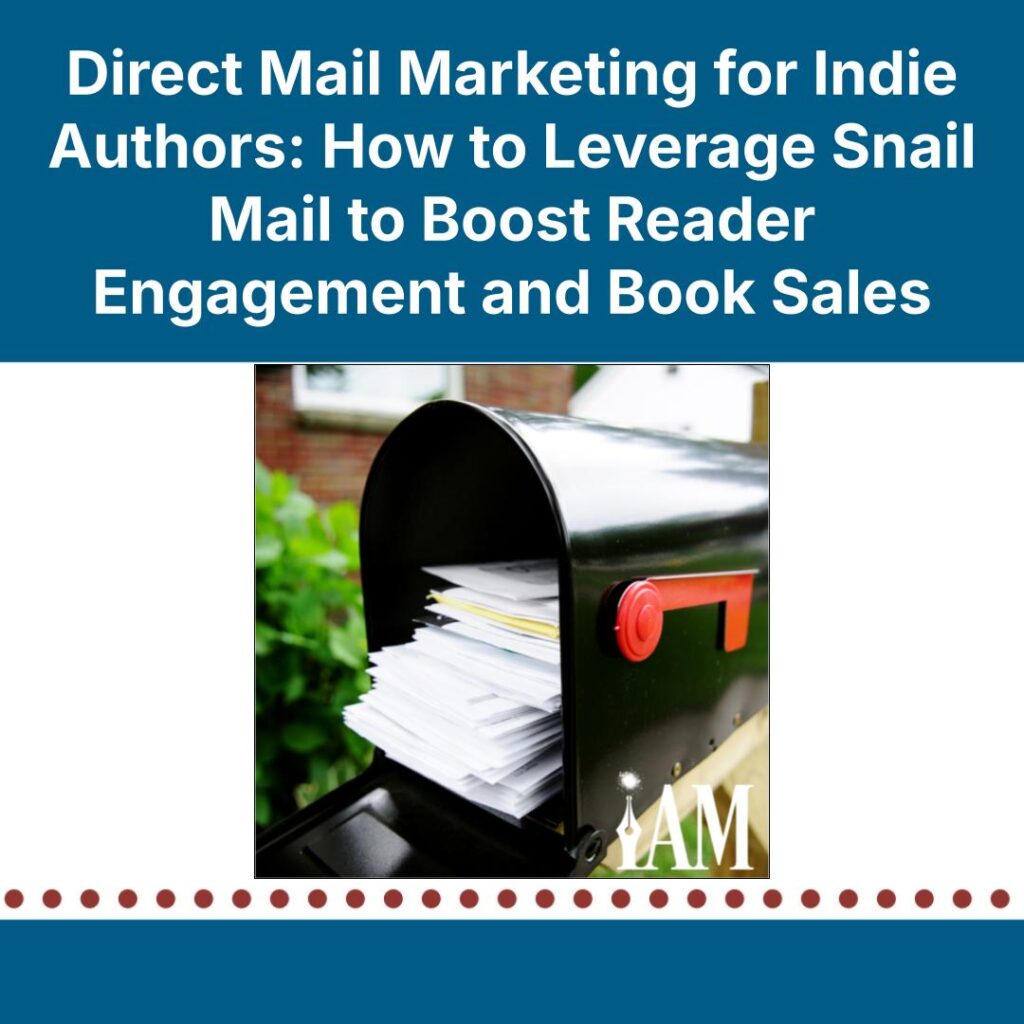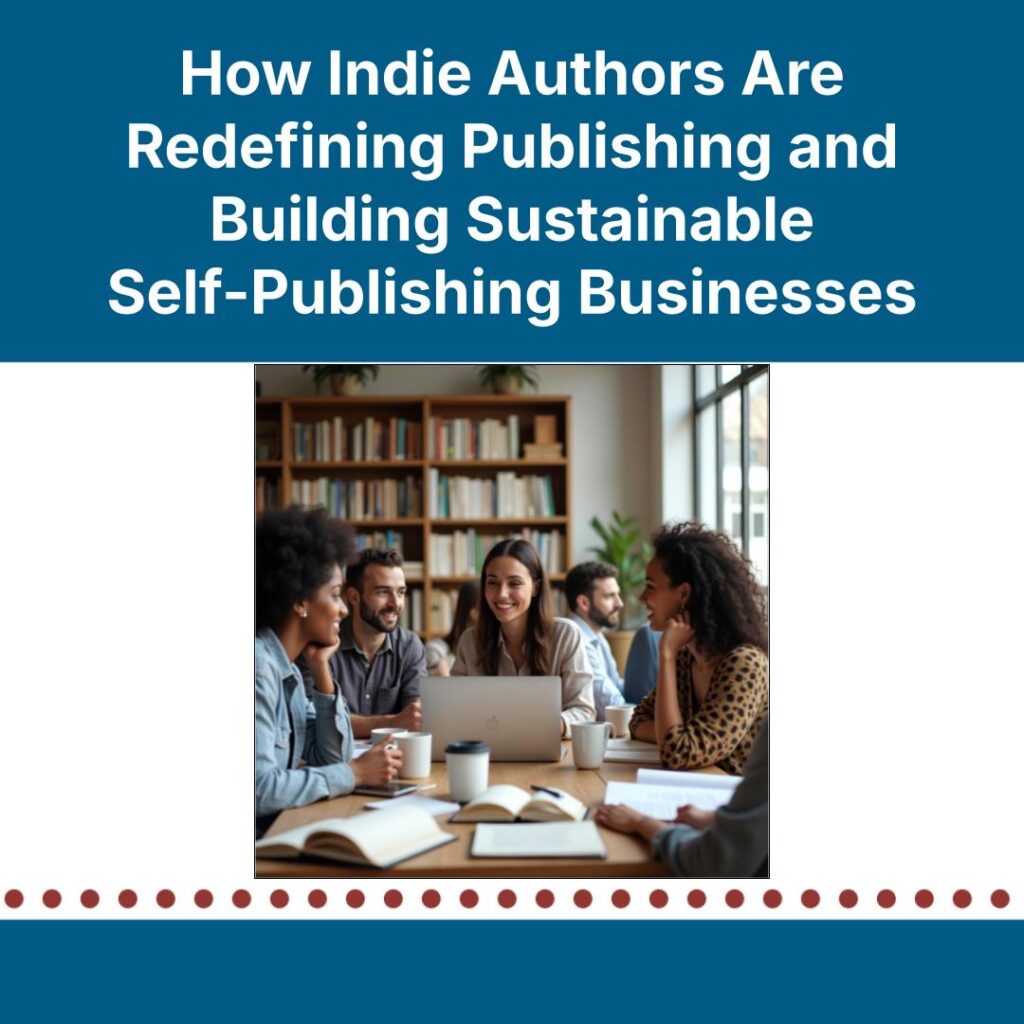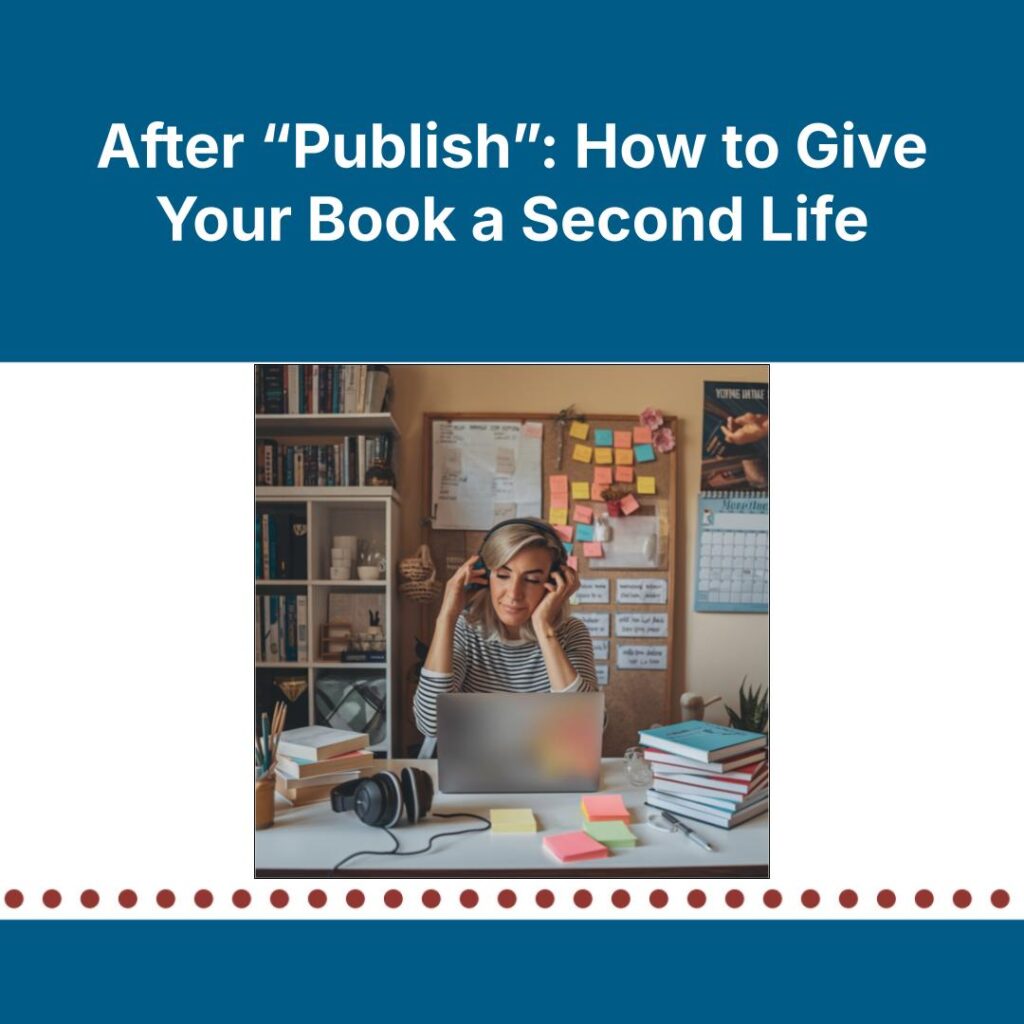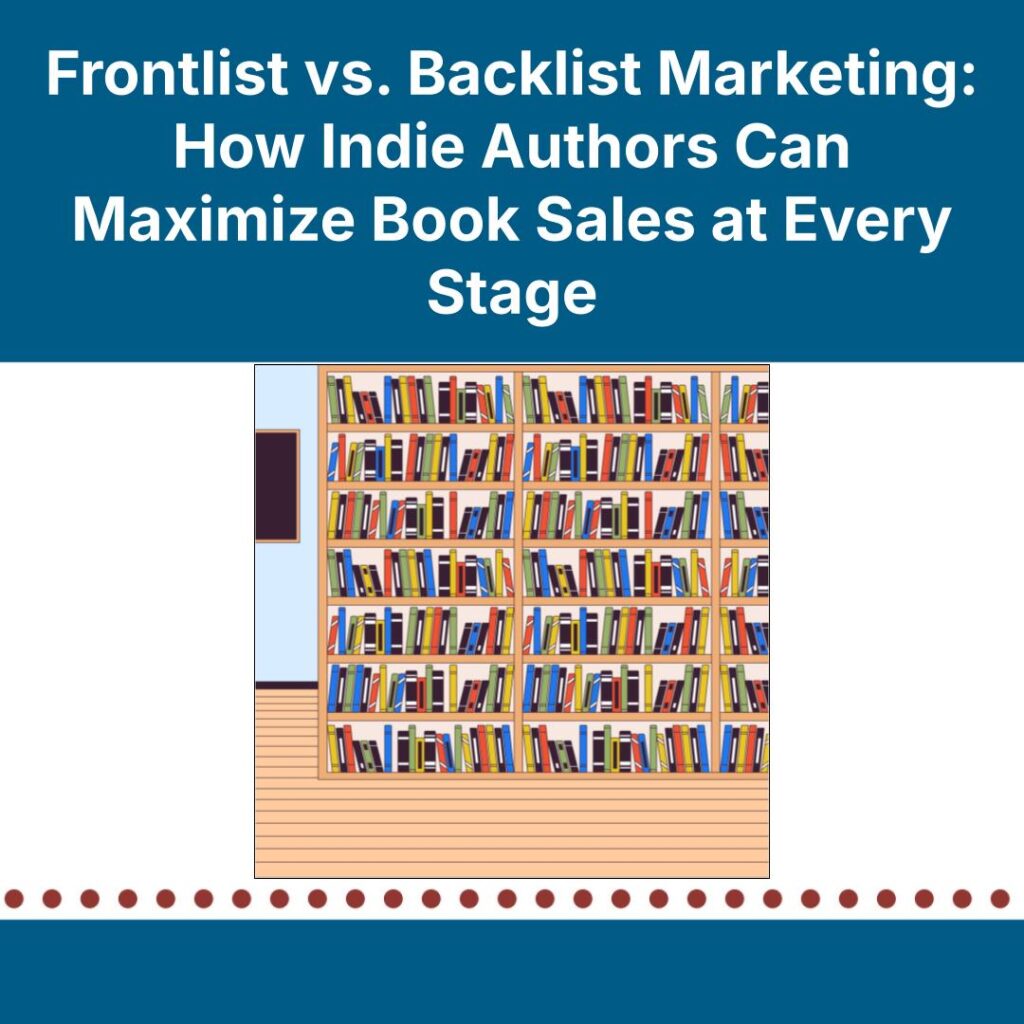In an age of e-commerce and digital marketing, where the speed and accessibility of email blasts and social media posts reign supreme, the allure of a handwritten letter or a beautifully crafted package has become somewhat lost. However, that’s not the only thing you can send in the post, and for independent authors selling their books through their own websites, a golden opportunity exists: direct response mail.
Along with offering authors greater royalties and control over distribution, direct mail also provides authors a unique way to connect with readers that goes beyond that of just their email addresses. Most authors gather reader addresses by selling their books directly through their websites, allowing them greater control over their sales and customer relationships.
But what should you do once you have that address list? How do you use it effectively while respecting marketing permissions? Let’s dive into the world of direct-response mail marketing and explore strategies to turn those addresses into meaningful reader relationships and increased book sales.
What is Direct Response Mail?
Sending mail directly to people’s homes—also called direct response mail, in the world of copywriting—has been a cornerstone of marketing for over a century. In the early twentieth century, mail-order catalogs and sales letters allowed businesses to reach consumers directly. Companies like Sears and Montgomery Ward built empires through direct mail, offering products to customers without a middleman. The strategy was simple: Send a compelling offer, get a response, and track the results to refine future campaigns. For indie authors, direct response mail can take many forms, from printed ads and handwritten letters to postcards and newsletters, offering a more personal and creative way to engage with their audience.
Modern direct response marketing has embraced data-driven insights and enhanced personalization, yet direct mail continues to outperform many digital tactics. Direct mail boasts an average response rate of 4.4 percent, which is thirty-six times greater than that of email marketing, according to Lbox Communications.
Marketing Permissions: Stay Compliant
Before launching headfirst into any kind of direct mail campaign, you need to make sure you have the proper marketing permissions. The General Data Protection Regulation (GDPR) and the California Consumer Privacy Act (CCPA) set strict guidelines for the collection and use of personal data, including mailing addresses.
If you host direct sales on your website and send marketing mail to readers who’ve purchased from you before, you generally don’t need prior consent due to the soft opt-in rule, which allows businesses to contact customers with similar offers to those they’ve already bought. However, you must provide a clear way for customers to opt out, as required by law. In the US, UK, EU, Canada, and Australia, postal marketing operates on an opt-out basis, meaning you can send mail as long as you have a legitimate interest—such as promoting a new book or special offer.
To comply, make sure your website’s privacy policy clearly outlines how you intend to use collected addresses. Additionally, always obtain explicit consent from your readers before sending them physical correspondence. This not only fosters goodwill and trust with your audience but also protects you from potential legal issues. Transparency during the opt-in process will create a sense of partnership and help you build lasting relationships with your readers.
Offers That Convert
There are several ways to collect readers' physical addresses beyond just selling through your website. Authors can gather addresses through giveaways, contests, email sign-ups, crowdfunding, collaborations, or in-person events. These methods allow authors to build a mailing list even without a full online store. Once you have a reader’s mailing address, the next step is crafting an offer that motivates action. To maximize effectiveness, consider what truly resonates with your audience, and take inspiration from broader markets. Successful offers often leverage exclusivity, personalization, and perceived value. Here are some creative ideas you can adapt.
Bundle Deals with Exclusive Content
Encourage repeat purchases by bundling books together, but go beyond just offering a series set. Add exclusive content, such as a bonus short story, behind-the-scenes notes, or a video message from the author to create a premium package that enhances the perceived value.
Merchandise and Collectibles Inspired by Larger Markets
Limited-edition merchandise, such as art prints or custom bookmarks, is a great start, but consider what works in other industries. Look at successful subscription boxes or fandom-based products—like enamel pins, themed journals, or interactive workbooks—and tailor them to your audience.
VIP Reader Clubs with Exclusive Perks
Create a subscription-style VIP club, where members receive early access to new releases, but also include high-value perks inspired by other industries. Think about live Q&A sessions, a private podcast for subscribers, or even a yearly virtual meet-and-greet with special guest authors.
Handwritten Thank-You Notes with Special Extras
Readers always appreciate a handwritten note, but consider pairing it with something unexpected: a small freebie, a surprise discount code for a reader’s next purchase, or an exclusive QR code that unlocks hidden content, like an author’s note or secret chapter.
Contests and Limited-Time Challenges
Tap into gamification strategies by hosting contests or limited-time challenges. For example, send a direct mail letter with a secret code that unlocks a giveaway entry or a special downloadable reward. This approach creates excitement and encourages engagement.
Testing Ideas with Direct Response Mail
One advantage of direct response marketing is its ability to test ideas before committing to large-scale campaigns. Unlike email, which can be ignored or lost in spam filters, physical mail has a tactile presence that demands attention.
As an indie author, you can use direct mail to test various concepts, such as new book ideas, merchandise offerings, and reader engagement campaigns. A/B testing is particularly effective in direct mail campaigns.
What to Expect
Understanding conversion rates is crucial for setting realistic expectations in direct mail campaigns. In email marketing, typical response rates average around 0.6 percent, but direct mail sees higher rates, between 2.7 percent and 4.4 percent according to the 2022 Direct Mail Advertising Global Market Report.
Final Thoughts
Direct response mail is a powerful yet often underutilized tool for indie authors. With the right approach, you can strengthen reader relationships, increase book sales, and test new marketing ideas effectively. By studying direct mail principles, ensuring compliance, and crafting compelling offers, you can turn your postal mailing list into a thriving community of loyal readers.
So now that you have their address, what will you do next?






